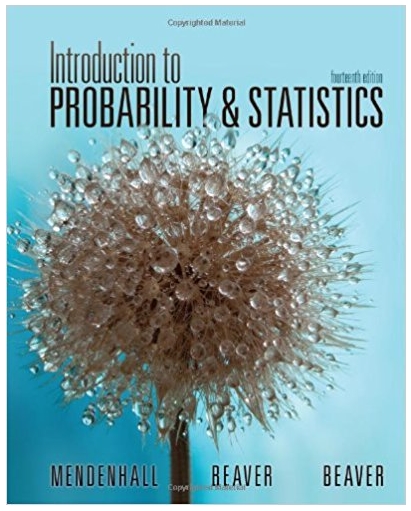Question:
A study was conducted to determine the effect of two factors on terrain visualization training for soldiers.4 During the training programs, participants viewed contour maps of various terrains and then were permitted to view a computer reconstruction of the terrain as it would appear from a specified angle. The two factors investigated in the experiment were the participants' spatial abilities (abilities to visualize in three dimensions) and the viewing procedures (active or passive). Active participation permitted participants to view the computer generated reconstructions of the terrain from any and all angles. Passive participation gave the participants a set of preselected reconstructions of the terrain. Participants were tested according to spatial ability, and from the test scores 20 were categorized as possessing high spatial ability, 20 medium, and 20 low. Then 10 participants within each of these groups were assigned to each of the two training modes, active or passive. The accompanying tables are the ANOVA table computed by the researchers and the table of the treatment means.
-1.png)
-2.png)
a. Explain how the authors arrived at the degrees of freedom shown in the ANOVA table.
b. Are the F-values correct?
c. Interpret the test results. What are their practical implications?
d. Use Table 6 in Appendix I to approximate the p-values for the F statistics shown in the ANOVA table.
Transcribed Image Text:
Error Source df MS df Main effects: 3.66 0610 26.87 0005 Training condition Ability Interaction: 103.7009 54 2 760.588954 Training condition x Ability Within cells 2 124.9905 54 54 28.3015 4.42 0167 Training Condition Spatial Ability Active Passive High Medium Low 17.895 9.508 5.031 5.648 1.728 1.610 Note: Maximum score 36.
-1.png)
-2.png)







